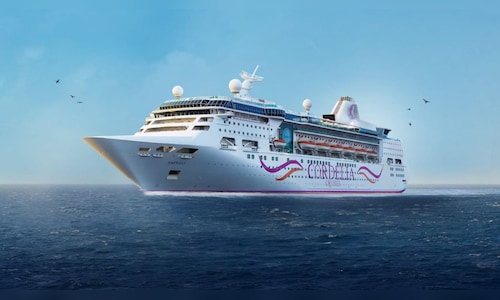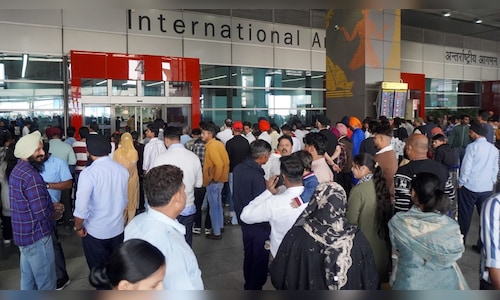The conference will bring representatives from the Ministry of Tourism, Maharashtra Tourism Development Corporation (MTDC), and central and state agencies along with industry experts in shipping, and tourism sectors. According to an official statement, the event will include presentations, panel discussions, and dialogues covering cruise tourism policy, regulatory levers, development of cultural and coastal itineraries, and the adoption of smart and green port operations.
One of the main highlights will be a presentation by NAVIC Cell 4, a specialised division under the Ministry of Ports, Shipping and Waterways (MoPSW). The unit has been established to promote tourism centered around rivers, oceans, and lighthouses, as well as to support ferry development. “The vision is to make India a global hub for cruise tourism by creating sustainable cruise circuits,” according to NAVIC Cell 4.
Also read | This new Google Flights feature could snag you the cheapest fare
Vijay Kumar, Chairman of IWAI and head of NAVIC Cell 4, will deliver the keynote address. Under his leadership, IWAI has been instrumental in strengthening inland waterway transport and cruise connectivity, with a focus on eco-friendly infrastructure, policy innovation, and technological advancement.
The agenda for the event includes topics such as cruise tourism strategy and frameworks, regulatory and operational mechanisms to spur growth, development of themed cruise circuits, global best practices in cruise terminal management, and the integration of digital and environmentally sustainable practices in port operations.
The conference will close with a preview of India Maritime Week 2025, slated for October, which will highlight progress in the maritime sector, global partnerships, and emerging investment opportunities.
India’s broader maritime strategy includes modernising ports through Public-Private Partnership (PPP) models. The government aims to expand the country’s cargo handling capacity from 2,760 million tonnes per annum (MTPA) to 3,500 MTPA by 2030, with a long-term target of 10,000 MTPA by 2047.





